Be Glad You Don’t Have To Dust In Space!
Be Glad You Don’t Have to Dust in Space!
Throw open the windows and break out the feather duster, because spring is here and it’s time to do a little cleaning! Fortunately, no one has to tidy up the dust in space — because there’s a lot of it — around 100 tons rain down on Earth alone every day! And there’s even more swirling around the solar system, our Milky Way galaxy, other galaxies and the spaces in between.

By studying the contents of the dust in your house — which can include skin cells, pet fur, furniture fibers, pollen, concrete particles and more — scientists learn a lot about your environment. In the same way, scientists can learn a lot by looking at space dust. Also called cosmic dust, a fleck of space dust is usually smaller than a grain of sand and is made of rock, ice, minerals or organic compounds. Scientists can study cosmic dust to learn about how it formed and how the universe recycles material.

“We are made of star-stuff,” Carl Sagan famously said. And it’s true! When a star dies, it sheds clouds of gas in strong stellar winds or in an explosion called a supernova. As the gas cools, minerals condense. Recent observations by our SOFIA mission suggest that in the wake of a supernova shockwave, dust may form more rapidly than scientists previously thought. These clouds of gas and dust created by the deaths of stars can sprawl across light-years and form new stars — like the Horsehead Nebula pictured above. Disks of dust and gas form around new stars and produce planets, moons, asteroids and comets. Here on Earth, some of that space dust eventually became included in living organisms — like us! Billions of years from now, our Sun will die too. The gas and dust it sheds will be recycled into new stars and planets and so on and so forth, in perpetuity!

Astronomers originally thought dust was a nuisance that got in the way of seeing the objects it surrounded. Dust scatters and absorbs light from stars and emits heat as infrared light. Once we started using infrared telescopes, we began to understand just how important dust is in the universe and how beautiful it can be. The picture of the Andromeda galaxy above was taken in the infrared by our Spitzer Space Telescope and reveals detailed spirals of dust that we can’t see in an optical image.

We also see plenty of dust right here in our solar system. Saturn’s rings are made of mostly ice particles and some dust, but scientists think that dust from meteorites may be darkening the rings over time. Jupiter also has faint dusty rings, although they’re hard to see — Voyager 1 only discovered them when it saw them backlit by the Sun. Astronomers think the rings formed when meteorite impacts on Jupiter’s moons released dust into orbit. The Juno spacecraft took the above picture in 2016 from inside the rings, looking out at the bright star Betelgeuse.

Copyright Josh Calcino, used with permission
And some space dust you can see from right here on Earth! In spring or autumn, right before sunrise or after sunset, you may be able to catch a glimpse of a hazy cone of light above the horizon created when the Sun’s rays are scattered by dust in the inner solar system. You can see an example in the image above, extending from above the tree on the horizon toward a spectacular view of the Milky Way. This phenomenon is called zodiacal light — and the dust that’s reflecting the sunlight probably comes from icy comets. Those comets were created by the same dusty disk that that formed our planets and eventually you and the dust under your couch!
Make sure to follow us on Tumblr for your regular dose of space: http://nasa.tumblr.com
More Posts from Paranoid0peach and Others

If you want to learn a liiiitle bit of astronomy(or just like the stars), this might come in handy ^^
Fun fact: Yesterday I told one of my friends to get me into an astronomy club (I know awesome) and sadly there are too many people already. I guess the universe didn’t want it to happen.



Sorry not sorry
original - http://sameboot.tumblr.com/post/160219020482/now-listen-here
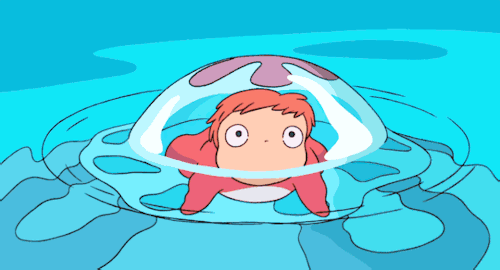
There’s something about Studio Ghibli’s Water physics that I love

While it is a liquid, it tends to behave more gelatinously

It’s so beautiful while almost being awkward *bloop*

Gravity? Surface tension? No? Well, just let me hug her!!

Not even seeming to make skin or cloth wet

It looks so satisfyingly bouncy
Tell me what you guys think and what’s your fav movie thing about Ghibli
You’re the immortal dictator of the world, ruling with an iron fist…and bored out of your mind. To spice things up, you start setting up little rebel cells, stoking revolts and keeping records of which group makes it the closest to actually reaching your throne room.

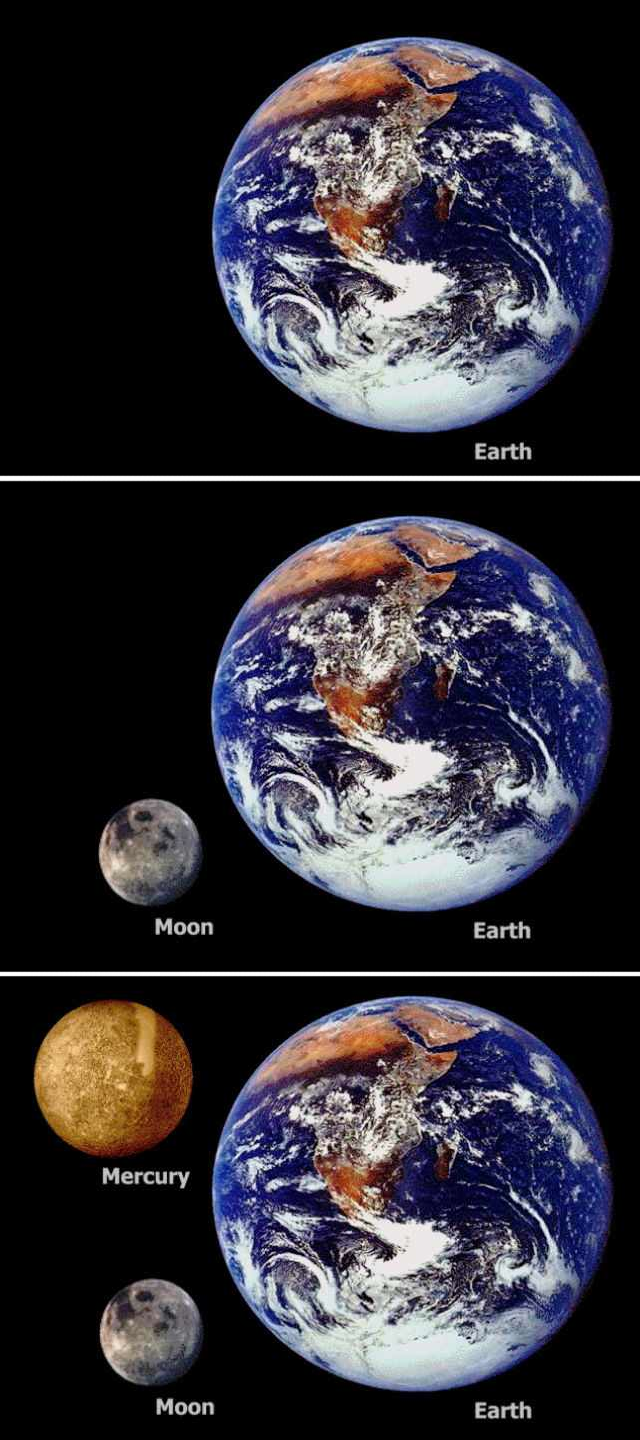
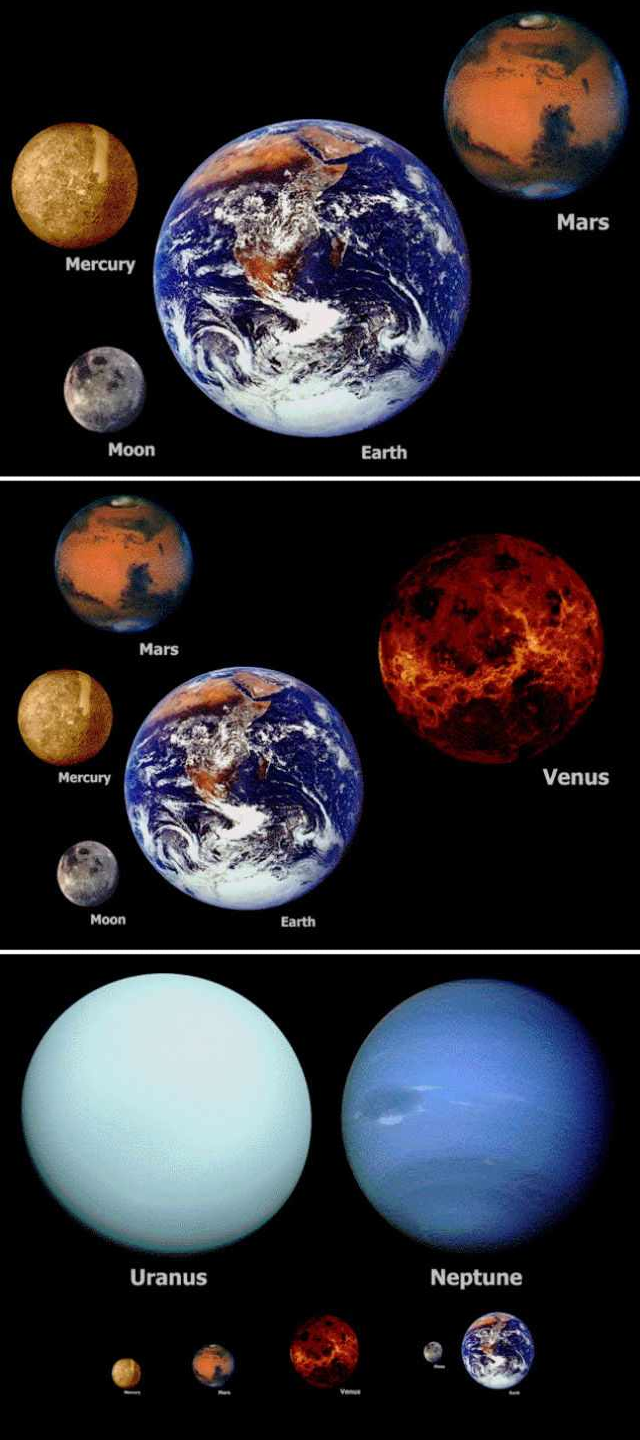
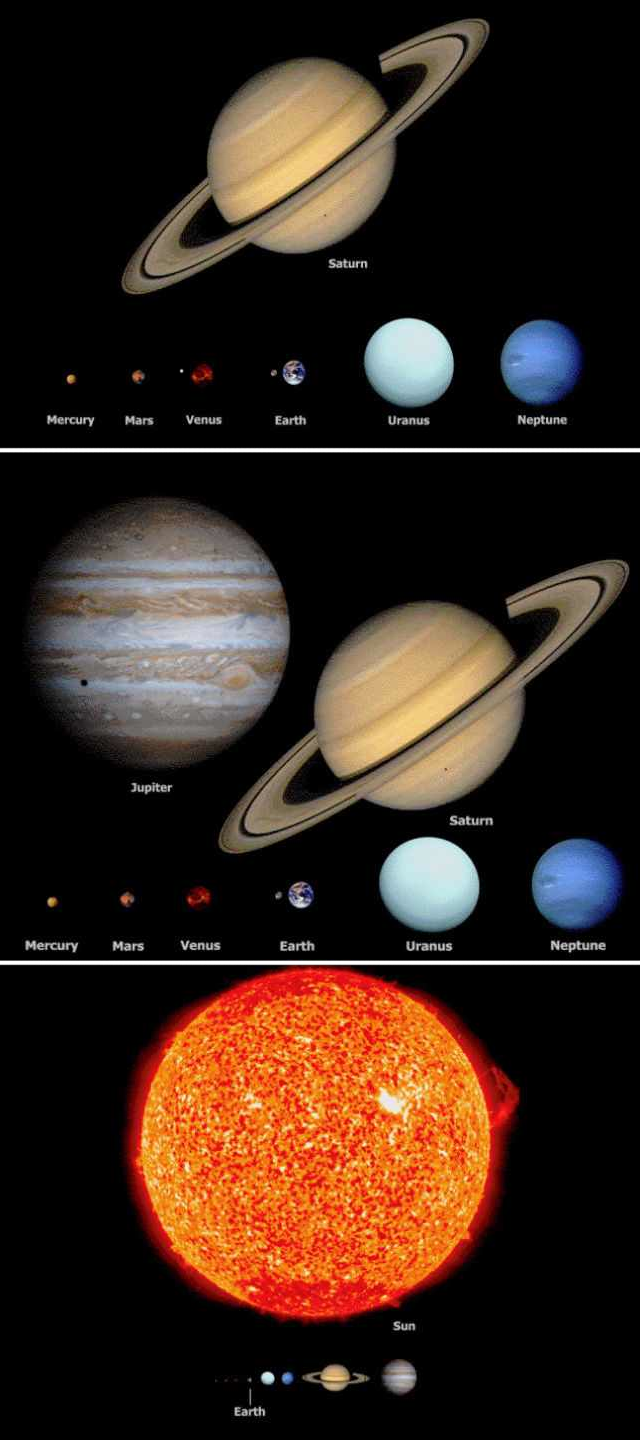
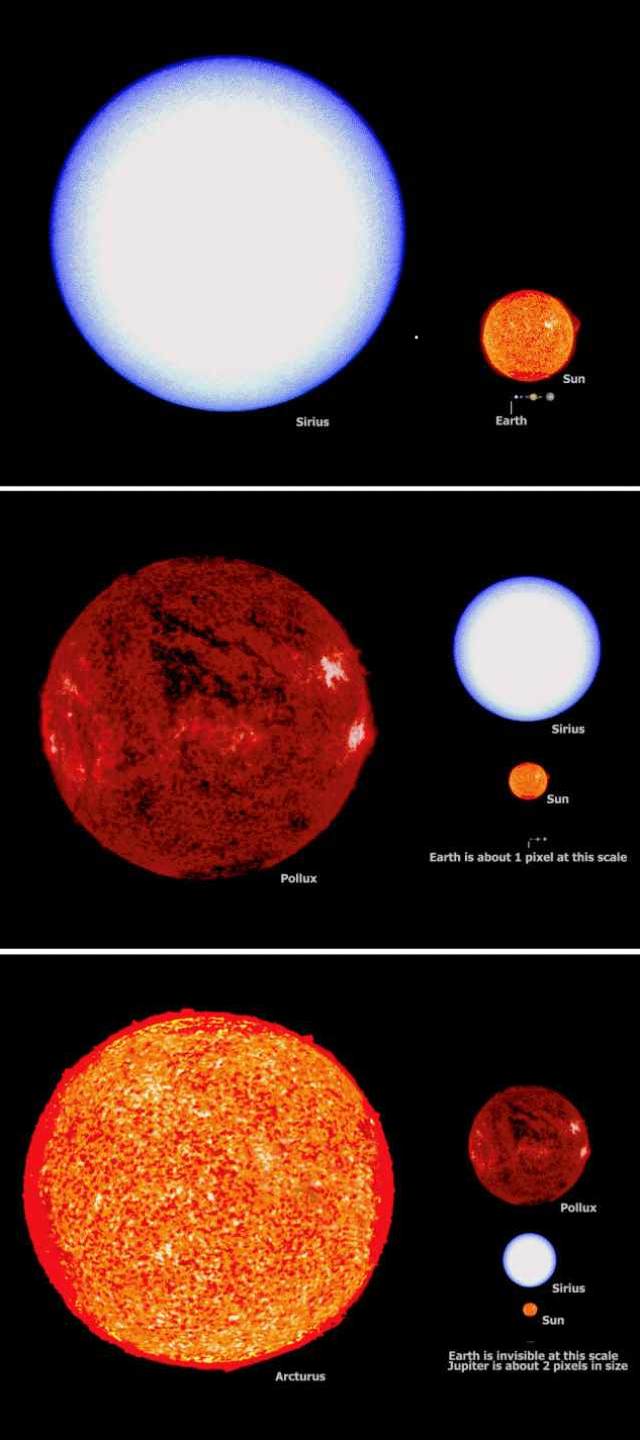



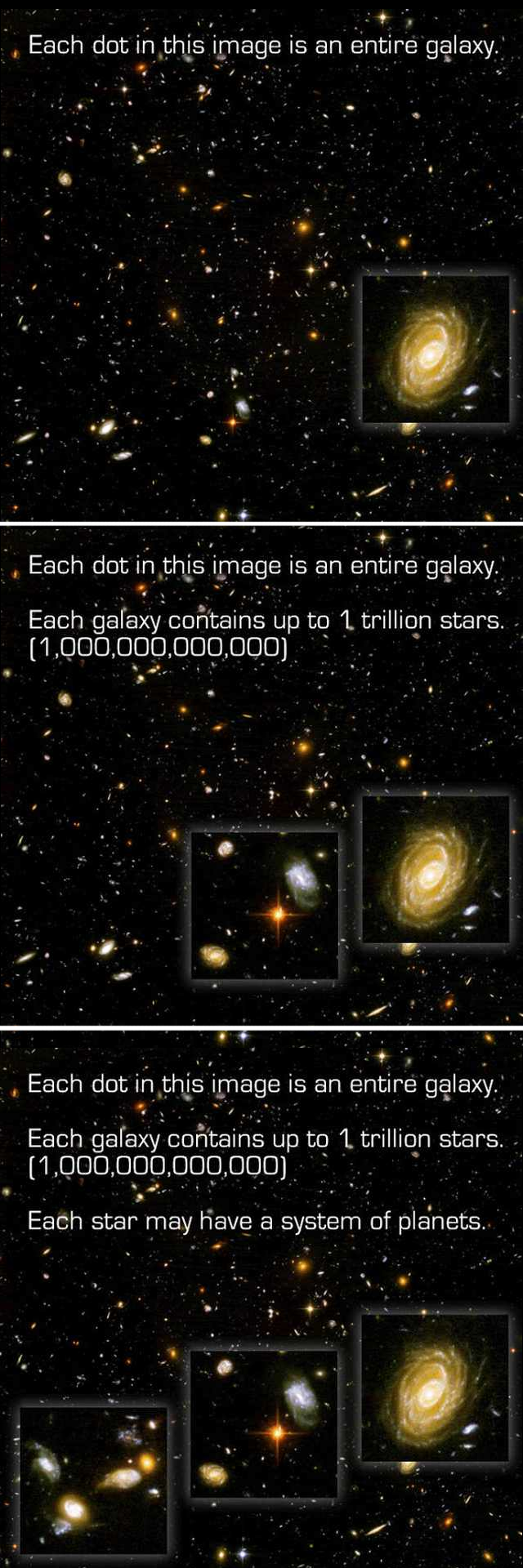

mother. friggin’. space. man. x
Debussy plays Debussy - 1913
Claude Debussy plays La soirée dan Grenade, 1913
(Welte Mignon recording)

constellations page in my grimoire ✨


A la Romanza
'Space Butterfly' Is Home to Hundreds of Baby Stars

What looks like a red butterfly in space is in reality a nursery for hundreds of baby stars, revealed in this infrared image from our Spitzer Space Telescope. Officially named Westerhout 40 (W40), the butterfly is a nebula — a giant cloud of gas and dust in space where new stars may form. The butterfly’s two “wings” are giant bubbles of hot, interstellar gas blowing from the hottest, most massive stars in this region.
Besides being beautiful, W40 exemplifies how the formation of stars results in the destruction of the very clouds that helped create them. Inside giant clouds of gas and dust in space, the force of gravity pulls material together into dense clumps. Sometimes these clumps reach a critical density that allows stars to form at their cores. Radiation and winds coming from the most massive stars in those clouds — combined with the material spewed into space when those stars eventually explode — sometimes form bubbles like those in W40. But these processes also disperse the gas and dust, breaking up dense clumps and reducing or halting new star formation.
Make sure to follow us on Tumblr for your regular dose of space: http://nasa.tumblr.com
-
 ffrposties reblogged this · 1 year ago
ffrposties reblogged this · 1 year ago -
 embyreal-byrd liked this · 3 years ago
embyreal-byrd liked this · 3 years ago -
 kaaiiine liked this · 3 years ago
kaaiiine liked this · 3 years ago -
 getas-regina reblogged this · 4 years ago
getas-regina reblogged this · 4 years ago -
 getas-regina liked this · 4 years ago
getas-regina liked this · 4 years ago -
 ask-flea-infested-watermelons liked this · 4 years ago
ask-flea-infested-watermelons liked this · 4 years ago -
 dustedlegacy reblogged this · 4 years ago
dustedlegacy reblogged this · 4 years ago